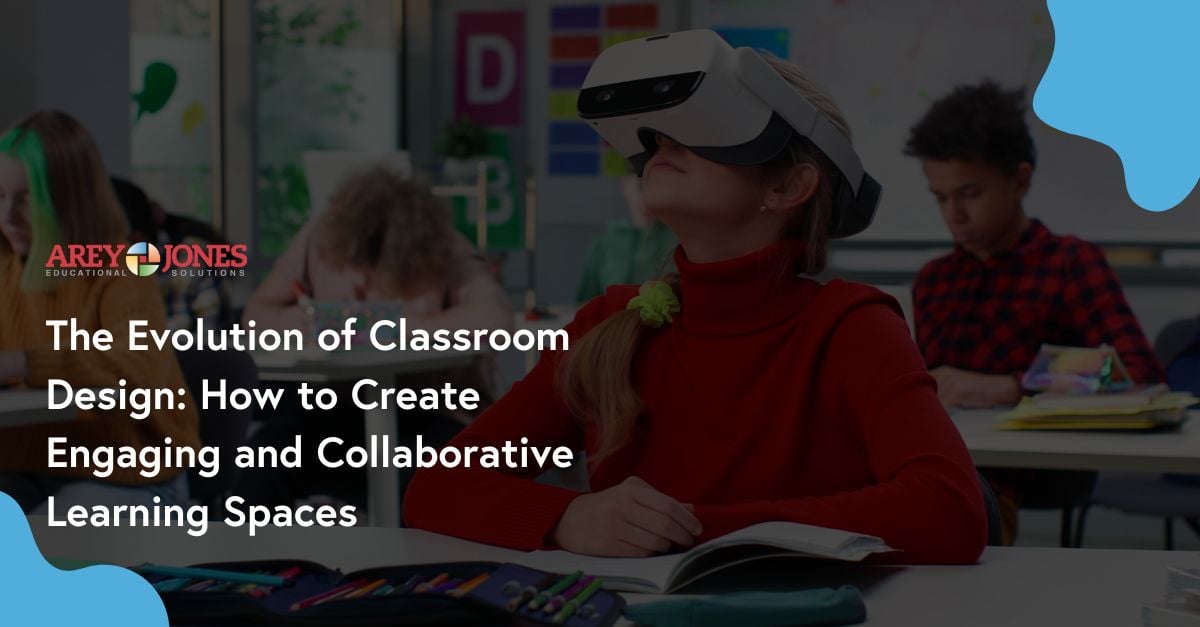
As we shift further away from the days of a one-size-fits-all education, the classrooms of the past– rows of uniform, neatly spaced desks facing a teacher poised at a blackboard– are being phased out, too. As school districts and educators move towards an educational model that emphasizes inclusion, acknowledges learning differences and balances technology with opportunities to practice social-emotional learning and soft skills, classroom design is evolving, too.
Technology
Rapid technological advances are changing the way we live our everyday lives, and education is no exception. Emerging technology such as Artificial Intelligence, Virtual Reality and Augmented Reality are likely to play an important role in classrooms of the future. The immersive nature of virtual reality provides an invaluable way for students– and educators– to learn about subjects that were previously abstract or inaccessible. From lowering the yuck factor in biology class by using virtual reality programs instead of having students dissect real frogs, to simulating travel to other countries and even planets, the possibilities for more engaging, immersive learning are infinite.
Technology has also helped increase accessibility. Students, teachers and parents can stay connected during times when they can’t meet in person. For instance, some districts continue to offer virtual parent-teacher conferences, which could help encourage participation among working parents.
Gamification is another increasingly popular tool in education. While teaching through play isn’t a new concept– as anyone who can recall playing the Oregon Trail game in the 1980s can attest–as the sophistication of technology increases, gamification becomes a more engaging and valuable way for students to learn.
Flexible classrooms
It’s estimated that between 15 - 20% of the population is neurodivergent– an umbrella term that acknowledges that people think, learn and process information differently. Autism, ADHD, dyslexia and other learning differences are all considered to be neurodiverse conditions.
Many educators are already incorporating more expansive seating options as they discover that some students learn better if they’re able to bounce on a balance ball, while others find it easier to focus if they’re positioned away from other students. Classrooms of the future are likely to continue to include flexible seating options such as wobble chairs, wiggle stools and bean bags.
Modular tables, desks or other types of workstations allow teachers to divide students into small groups for collaborative projects or to simply change up seating arrangements so students can get to know their peers.
Outdoor classrooms
To meet the unprecedented challenges of the Covid pandemic, educators were forced to think outside of the box. For many school districts, outdoor classrooms emerged as a way for students and teachers to gather more safely.
As it turns out, the benefits of incorporating outdoor classrooms go far beyond the pandemic. Spending time in nature has been shown to improve students’ focus, reduce stress and improve cognitive performance. Densely populated schools could benefit from using the outdoors as an extension of the classroom. Outdoor learning can also provide the opportunity for students to learn about environmental stewardship as well as skills like gardening and growing food.

